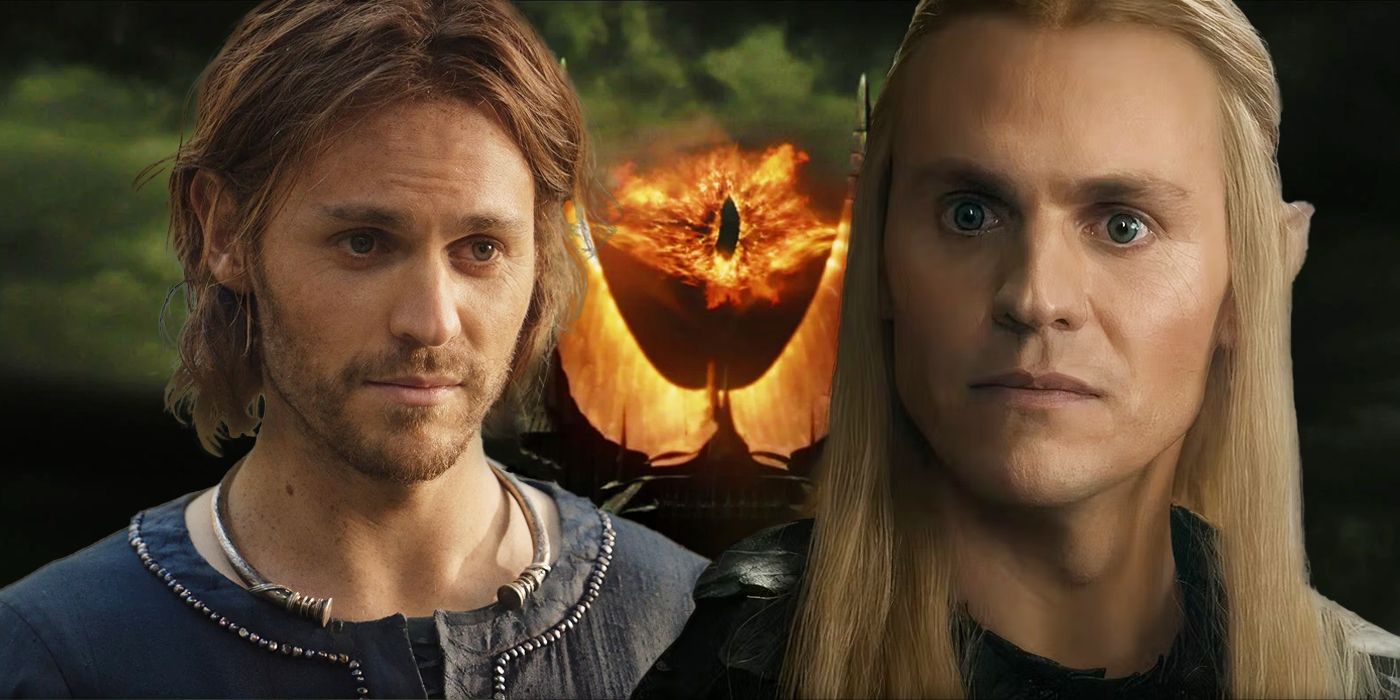
The Lord of the Rings franchise is back with all-new projects that strive to further develop the world of Middle-earth. Warner Bros. Studios is currently developing multiple new spinoffs, including the upcoming animated film War of the Rohirrim. Several live-action films are also in progress, including The Hunt for Gollum, which is rumored to bring back several legacy actors, including Andy Serkis’s Gollum, Orlando Bloom’s Legolas, and Sir Ian McKellen’s Gandalf. Meanwhile, the second season of Prime Video’s The Lord of the Rings: The Rings of Power aims to answer how the rings of power were first forged, leading up to the epic final battle in the Second Age of Middle-earth.
In the middle of all this is Sauron, the dark lord in the Second and Third Ages of Middle-earth who seeks to take over and destroy all that is good in the world. The Rings of Power is distinct in that it portrays the bodily form of Sauron for the first time in live-action, with Charlie Vickers playing his Halbrand and Annatar personalities. However, Sauron is a shapeshifter, making it particularly difficult to determine what he actually looks like. What exactly is Sauron’s true form and is it described in J.R.R. Tolkien’s legends? Furthermore, what happened to make Sauron lose his physical form before the events of The Lord of the Rings?
What Was Sauron’s True Form?
Sauron’s True Form Isn’t Described in Detail In Tolkien’s Books
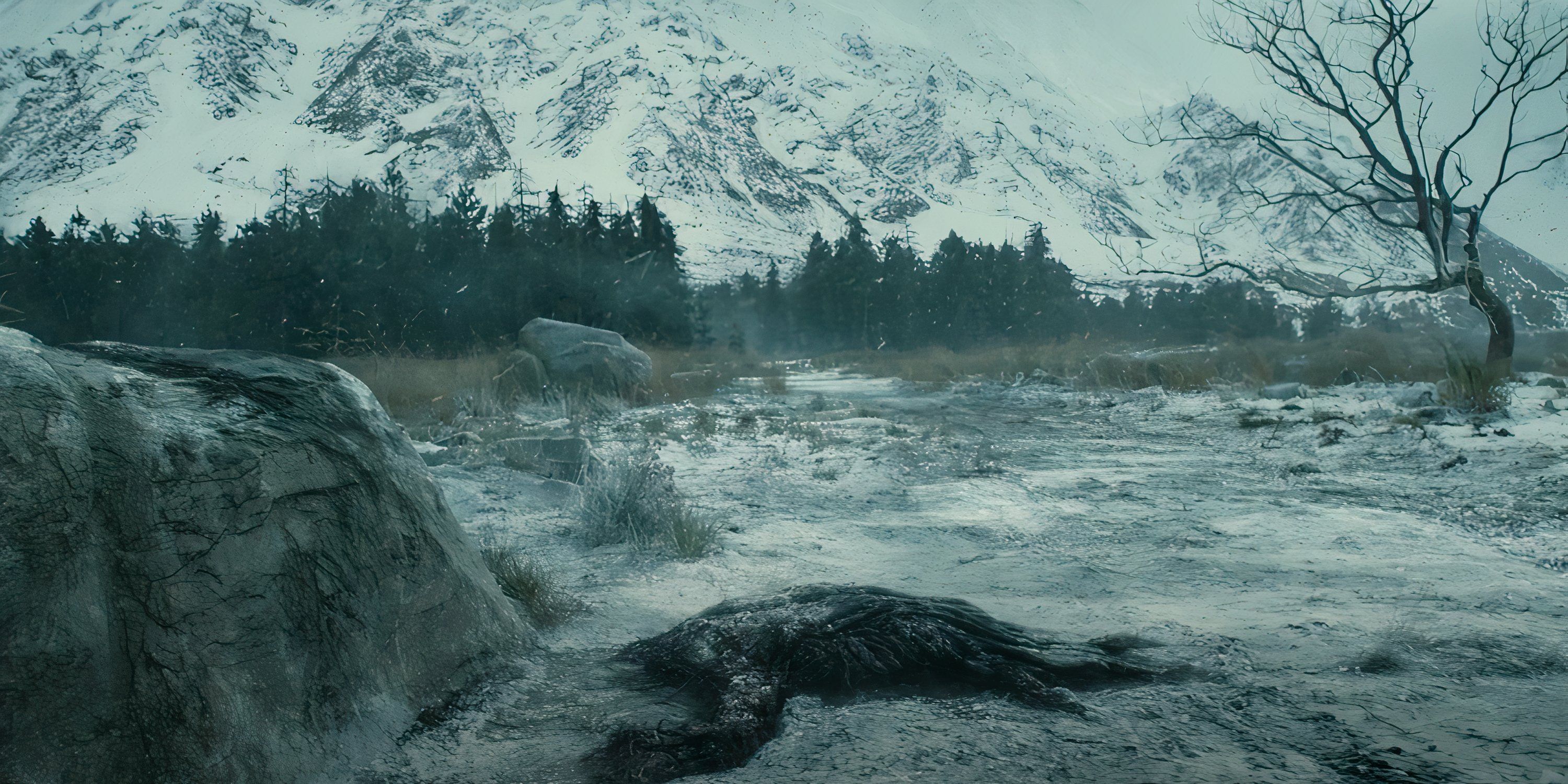
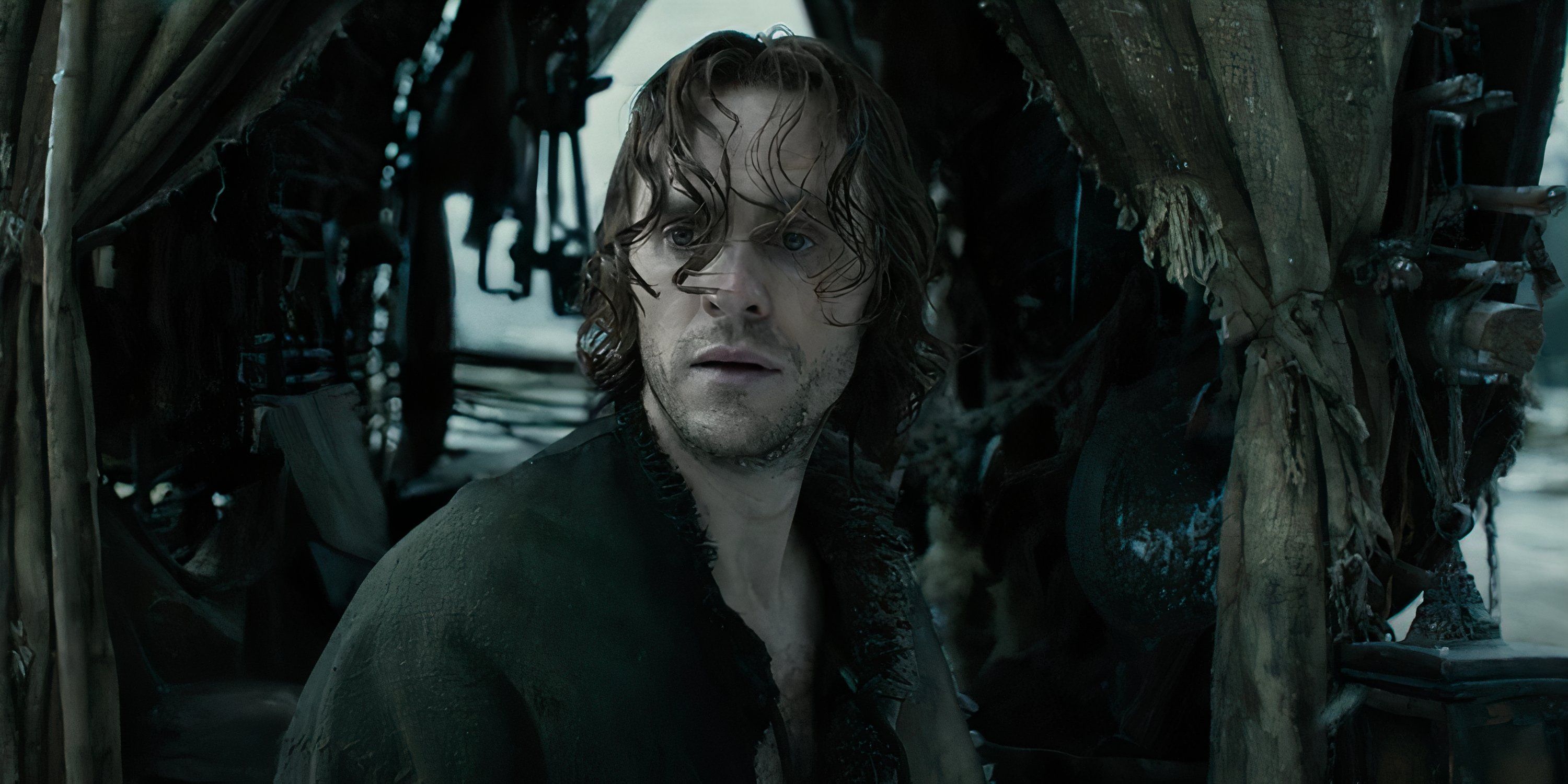
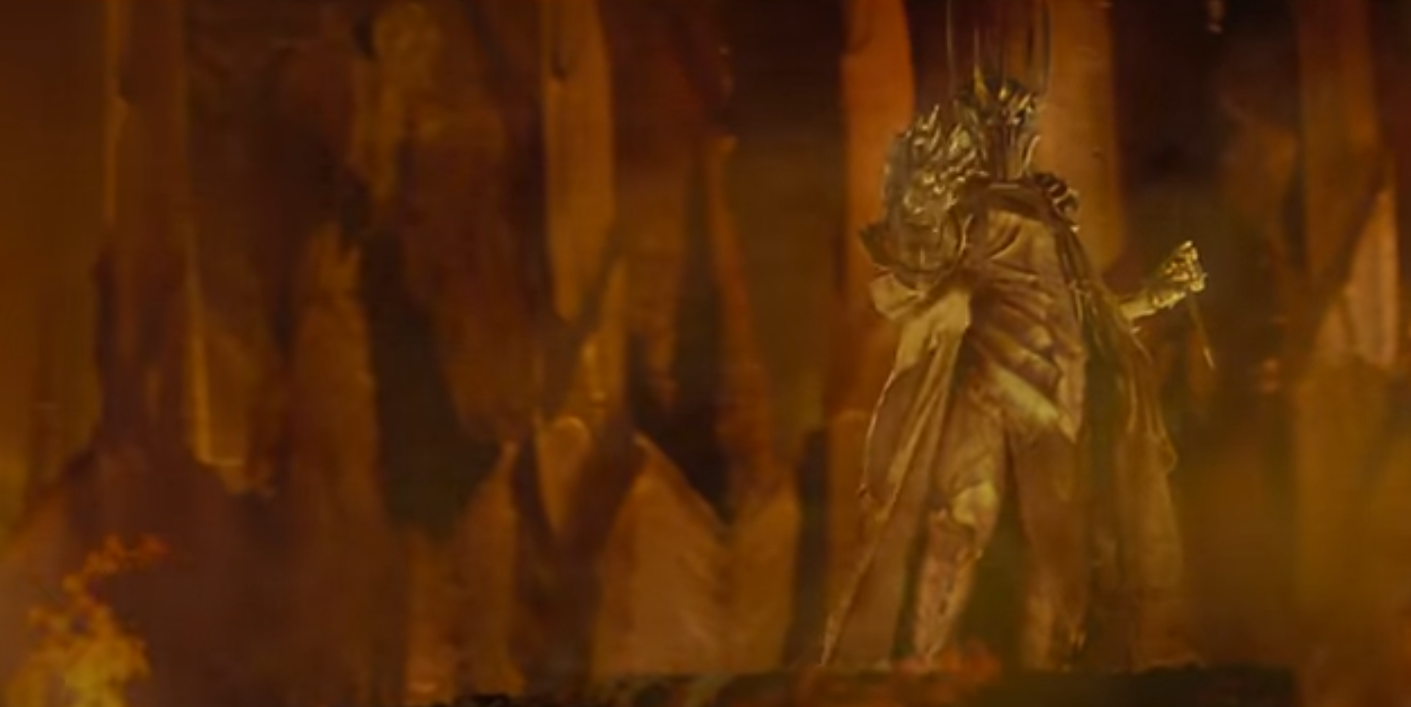



Sauron’s true form never appears in the Lord of the Rings books, nor is it described in detail in The Silmarillion. However, fans can piece together certain clues about his true being from other pieces of information hidden throughout J.R.R. Tolkien’s books. Sauron is a member of the Maiar, a group of spirit beings who serve the Valar (other notable Maiar include the Wizards of Middle-earth and the Balrogs). Like the Valar, the Maiar are not physical by nature but can take physical form at will. This is why Sauron can change his shape as best befits his efforts. Nevertheless, it is difficult to ascertain whether or not the Maiar have a true form at all, or whether their true being is invisible, composed of spirit. Some posit that Sauron and other Maiar were composed of light, visible to the mortal eye but not necessarily confined to any particular form.
Sauron served the Dark Lord Morgoth in the First Age. Morgoth was a member of the Valar who betrayed his brethren and led a war against them, known as the War of Wrath. Morgoth was locked away after his defeat, though prophecies foretold of his eventual return.
The Rings of Power appears to air closer to this theory in Season 2’s opening flashback, which depicts Sauron’s black aura searching for a new form after Adar murders him. However, the series takes some liberties by depicting the aura as a gooey, corporeal substance, perhaps indicative of Sauron’s evil heart. This sludge appears tied to the physical world to a certain extent, interacting with various bits of the environment as it consumes life energy to gain strength. Eventually, he murders a woman, gaining enough strength to finally assume a corporeal form: that of Halbrand. However, this particular depiction of Sauron remains non-canon to Tolkien’s original world and doesn’t directly answer what Sauron really looked like in his true form.
While Sauron’s true form isn’t given a great deal of description in the original novels, Tolkien does take time to detail his “aura.” In The Silmarillion, this aura is described as overwhelmingly malevolent, the true embodiment of evil. Sauron has also often been described in comparison to an eye, which glares into one’s very soul and burrows its way into their deepest desires. The strong descriptions of his spiritual presence paired with the lack of detail on his physical form may indicate that Sauron’s true form would bear little resemblance to that of mortal men. Rather, he and the other Maiar exist in spirit, beyond the comprehension of the minds of men.
What Happened to Sauron’s Physical Form?
Sauron Lost One of His Most Important Abilities in the Second Age of Middle-earth
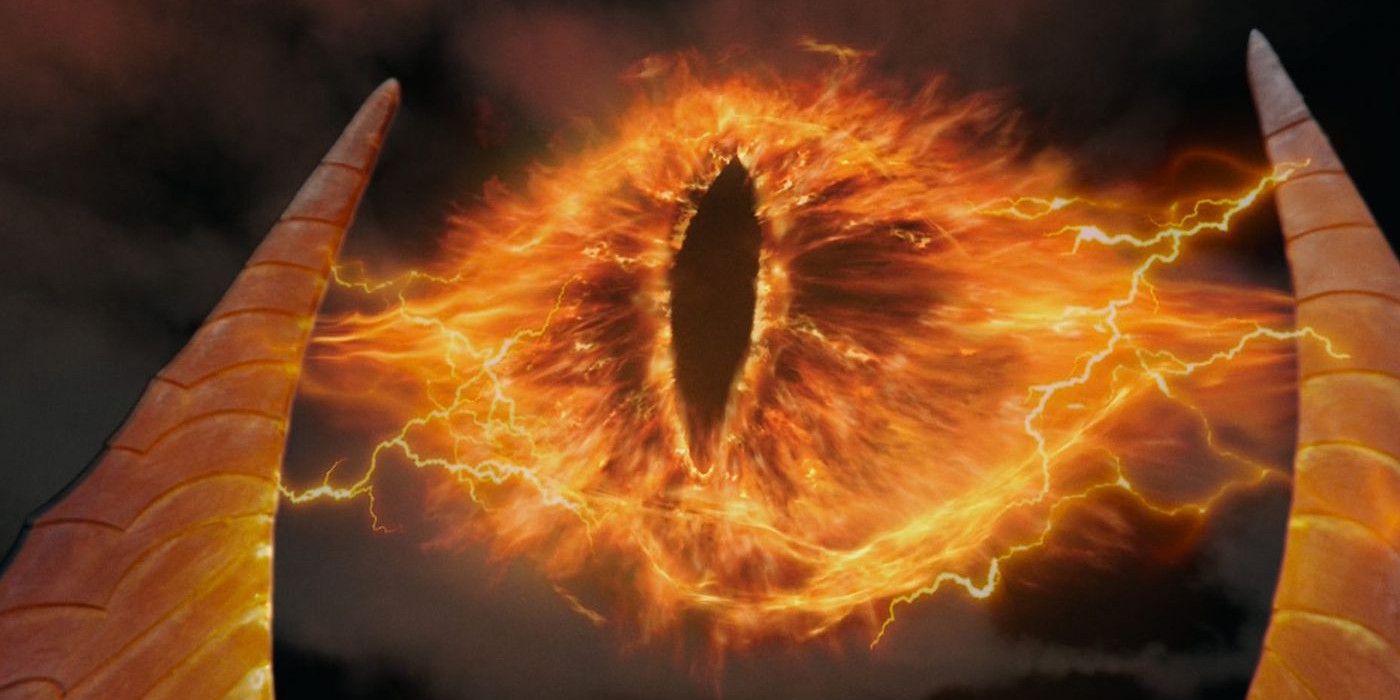
Although Sauron’s true form remains a mystery, The Silmarillion reveals what happened to his corporeal form. Throughout the First and Second Ages, Sauron was known by many names, for he assumed many different identities to achieve various wicked ends. To the Elves, Sauron presented himself as Annatar, the Lord of Gifts. The Rings of Power also shows Sauron posing as Halbrand, a Man who claims to be from the Southlands. However, by the time of The Lord of the Rings, Sauron has lost his ability to transform into these various guises. After an extended stay on the island of Númenor, Sauron corrupted its king, Ar-Pharazôn, and planned to use its armies to invade Valinor itself. However, Eru Ilúvatar, the supreme deity of Tolkien’s legendarium, intervened directly, turning the once-falt world into a sphere and drowning Númenor under the sea. Sauron only barely survived the doom of Númenor–but it cost him a heavy price. Thereafter, he was no longer able to appear in his fairer forms, including that of Annatar.
After Sauron lost his ability to transform, he rebuilt a single corporeal form thanks to the power of the One Ring, which he used to continue his war against the Men and Elves of Middle-earth. He then appeared in a dark, putrid form, wearing black armor and wielding the Ring on his finger. Eventually, the Last Alliance of Elves and Men attacked Sauron in his realm of Mordor, where the dark lord faced off against several notable heroes of Middle-earth, including High King Gil-galad, King Elendil, and Prince Isildur. Sauron slayed Gil-galad and Elendil but was defeated by Isildur when the prince cut off his finger bearing the One Ring. Sauron was thus destroyed in his physical form, though the survival of the Ring allowed his spirit to endure nonetheless.
Sauron’s spirit remained bound to the One Ring, allowing him to survive through the events of the Third Age of Middle-earth. During this time, Sauron often was described as a “great eye.” This description is adapted literally in Peter Jackson’s Lord of the Rings movies, though it may have been more metaphorical in Tolkien’s books. Nevertheless, this form existed outside of physical form and was destroyed along with the One Ring during the final battle of the War of the Rings, thanks in large part to the efforts of the Hobbits Frodo Baggins and Samwise Gamgee (as well as the Stoor known as Sméagol). Thus, Sauron was largely destroyed, losing his power forever. Even then, Sauron was not killed completely, for the minds of Maiar are indestructible. Nevertheless, he was so drained of power that he would never again rise to harm Middle-earth.
Sauron’s true form remains one of The Lord of the Rings‘ greatest mysteries. Tolkien deliberately kept details about the fallen Maia’s physical characteristics sparse, leaving audiences to imagine what it may have looked like. Nevertheless, Sauron assumed many physical forms while he challenged Middle-earth, though these were each destroyed in succession by various heroes who arose to expunge him from their world once and for all.



